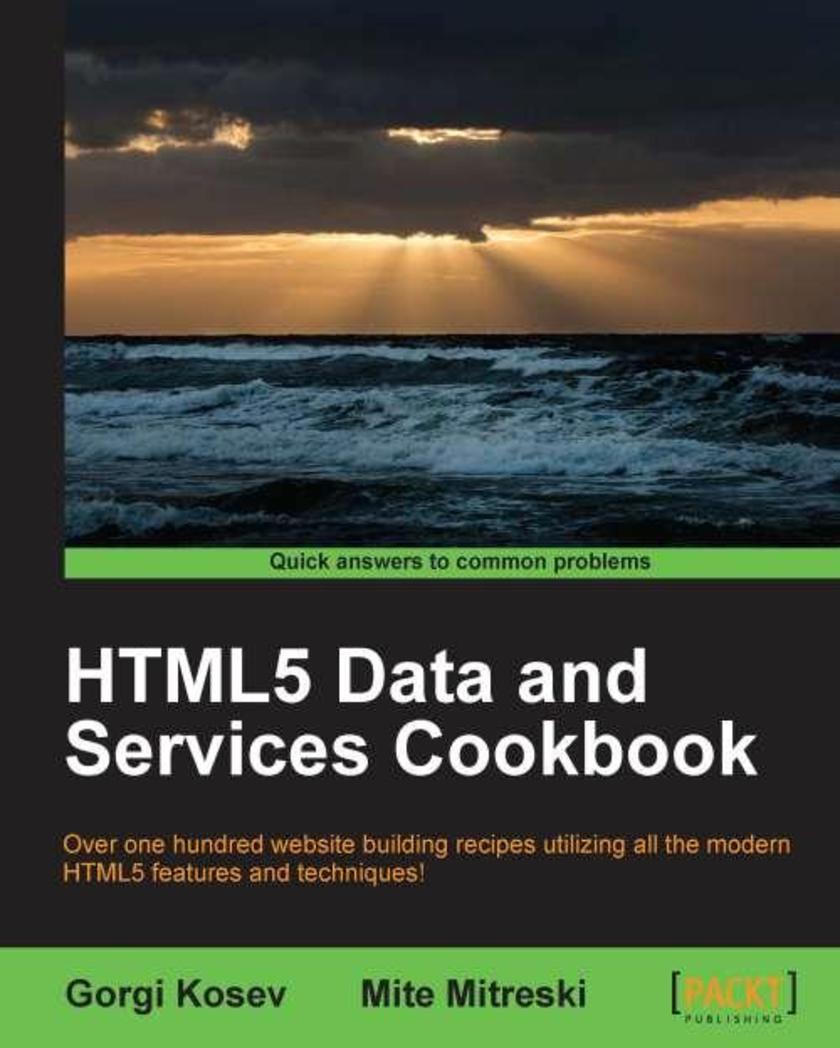
HTML5 Data and Services Cookbook
¥99.18
A practical approach with hands on recipes to learn more about HTML5 Data and Services, its features and techniques when building websites or web applications.This book is for programmers and developers who work with a lot of backend code and want to get fast tracked into the world of HTML5 and Java*. It is also for JavaScript developers who would like to update their knowledge with new techniques and capabilities made possible with HTML5.Some experience in HTML and jQuery is assumed.
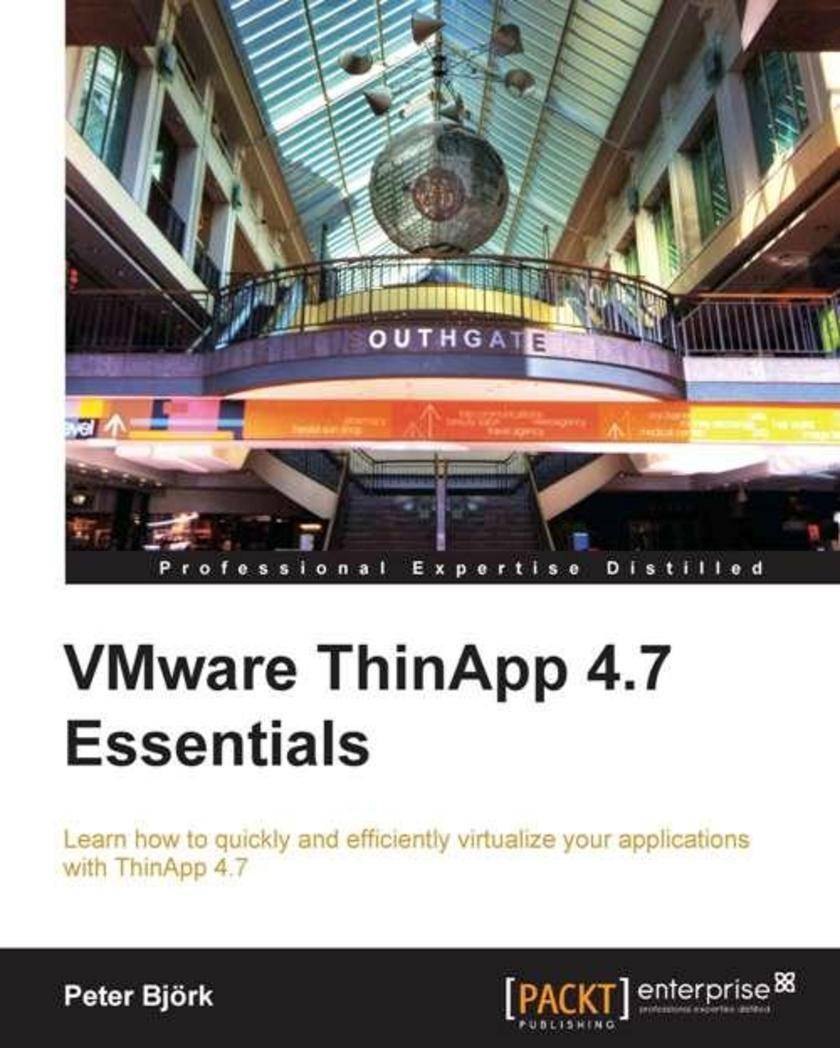
VMware ThinApp 4.7 Essentials
¥99.18
This book is written in practical tutorial style and it offers learning through vivid examples and. Each chapter contains step-by-step instructions about everything necessary to execute a particular task. The book is designed so that you can read it from start to end for beginners or just open up any chapter and start following the recipes as a reference for advanced users,This book will be useful to developers, System admins and consultants who want to install and manage a virtualized app environment using VMware ThinApp 4.7.
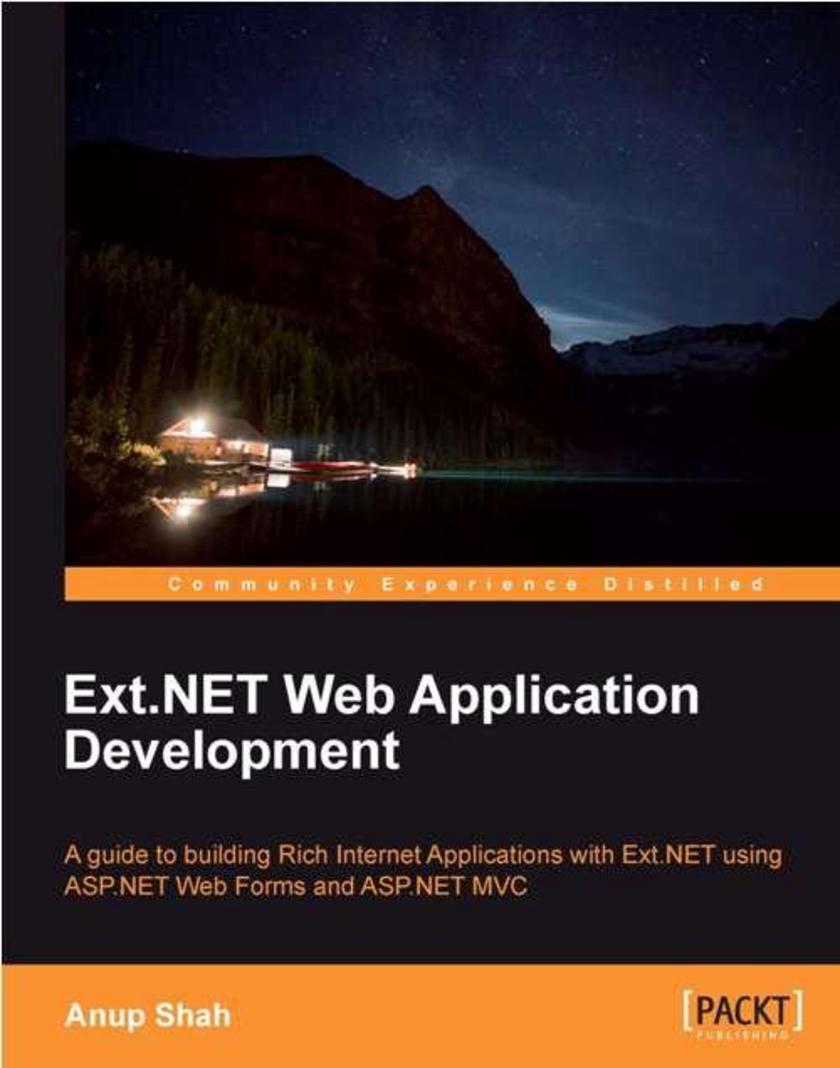
Ext.Net Web Application Development
¥99.18
This is a step-by-step tutorial packed with examples and tips to learn Ext.NET from scratch. This book is written for .NET Web Application Developers who are familiar with ASP.NET looking to build .NET based Rich Internet Applications. Whether you are new to Ext JS or you are looking to use your existing Ext JS skills in a .NET environment, this book will be useful for you.
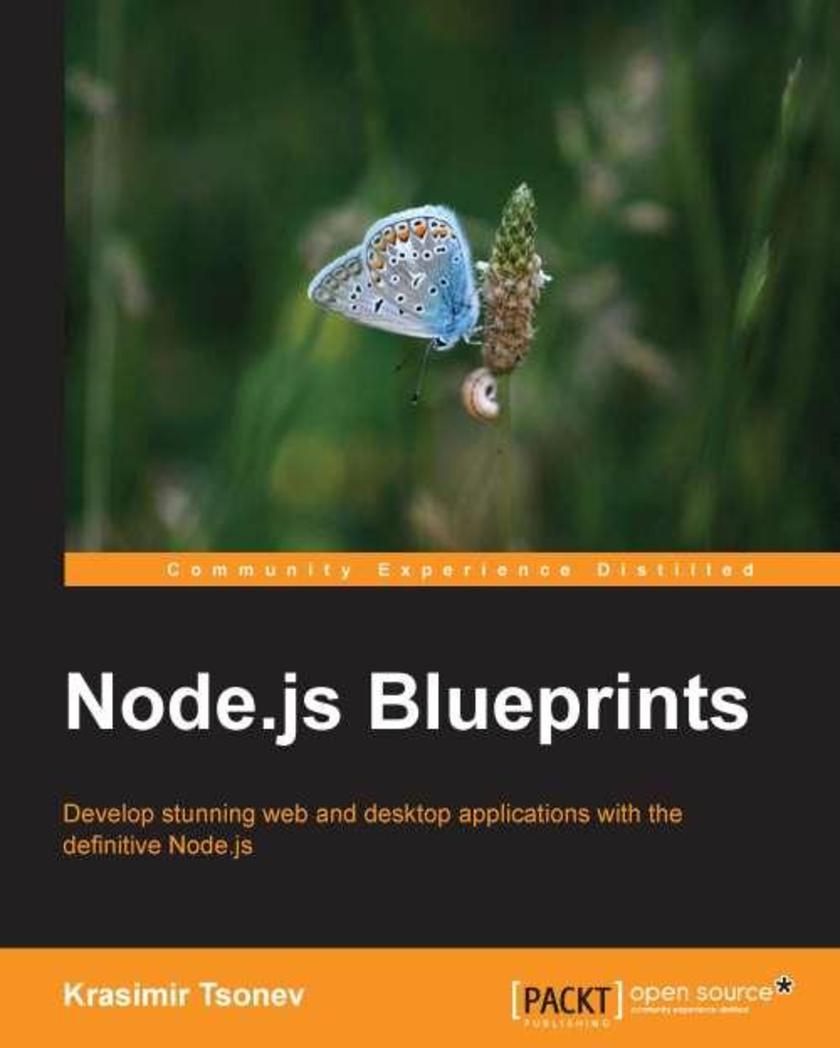
Node.js Blueprints
¥99.18
A straightforward, practical guide containing step-by-step tutorials that will push your Node.js programming skills to the next level. If you are a web developer with experience in writing client-side JavaScript and want to discover the fascinating world of Node.js to develop fast and efficient web and desktop applications, then this book is for you.
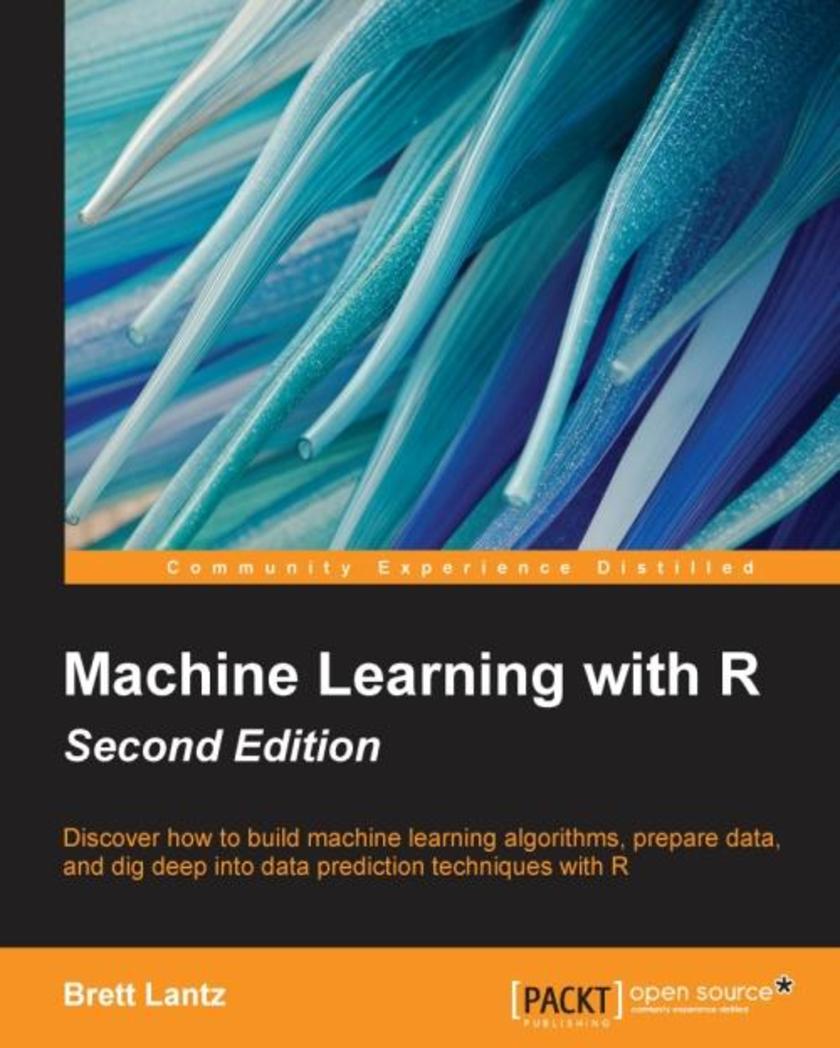
Machine Learning with R - Second Edition
¥99.18
Perhaps you already know a bit about machine learning but have never used R, or perhaps you know a little R but are new to machine learning. In either case, this book will get you up and running quickly. It would be helpful to have a bit of familiarity with basic programming concepts, but no prior experience is required.
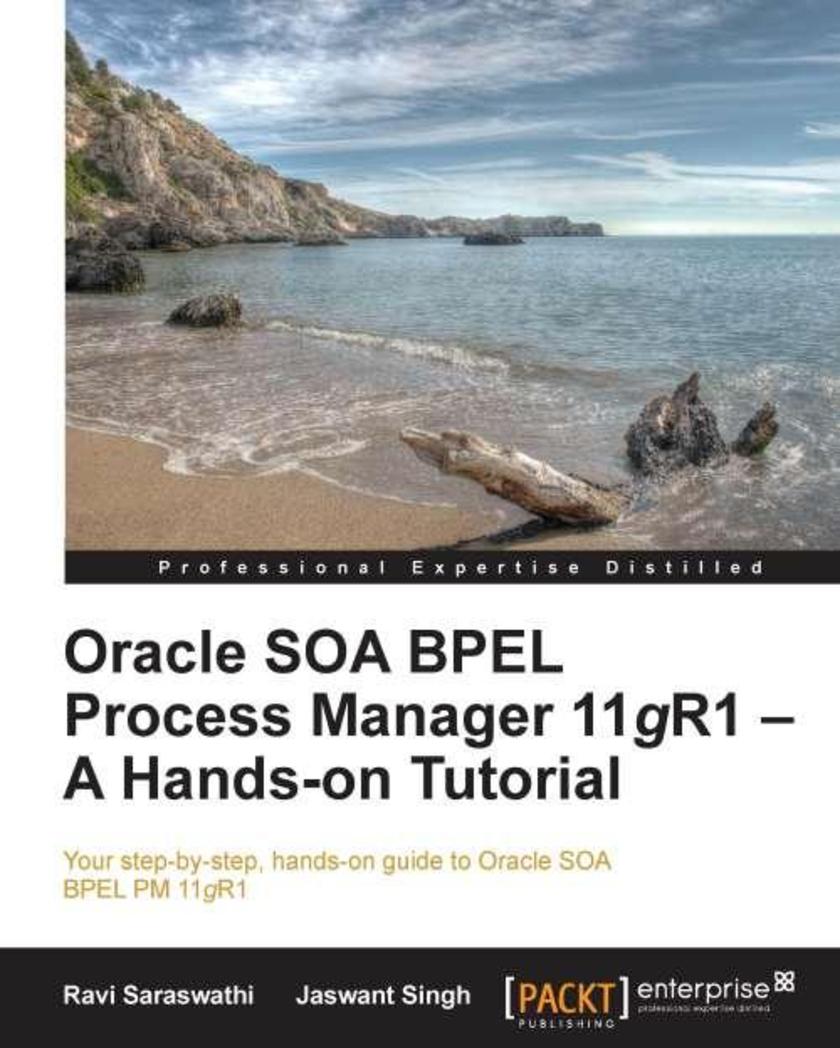
Oracle SOA BPEL Process Manager 11gR1 – A Hands-on Tutorial
¥99.18
This hands-on, example-driven guide is a practical getting started tutorial with plenty of step-by-step instructions for beginner to intermediate level readers working with BPEL PM in Oracle SOA SuiteWritten for SOA developers, administrators, architects, and engineers who want to get started with Oracle BPEL PM 11g. No previous experience with BPEL PM is required, but an understanding of SOA and web services is assumed
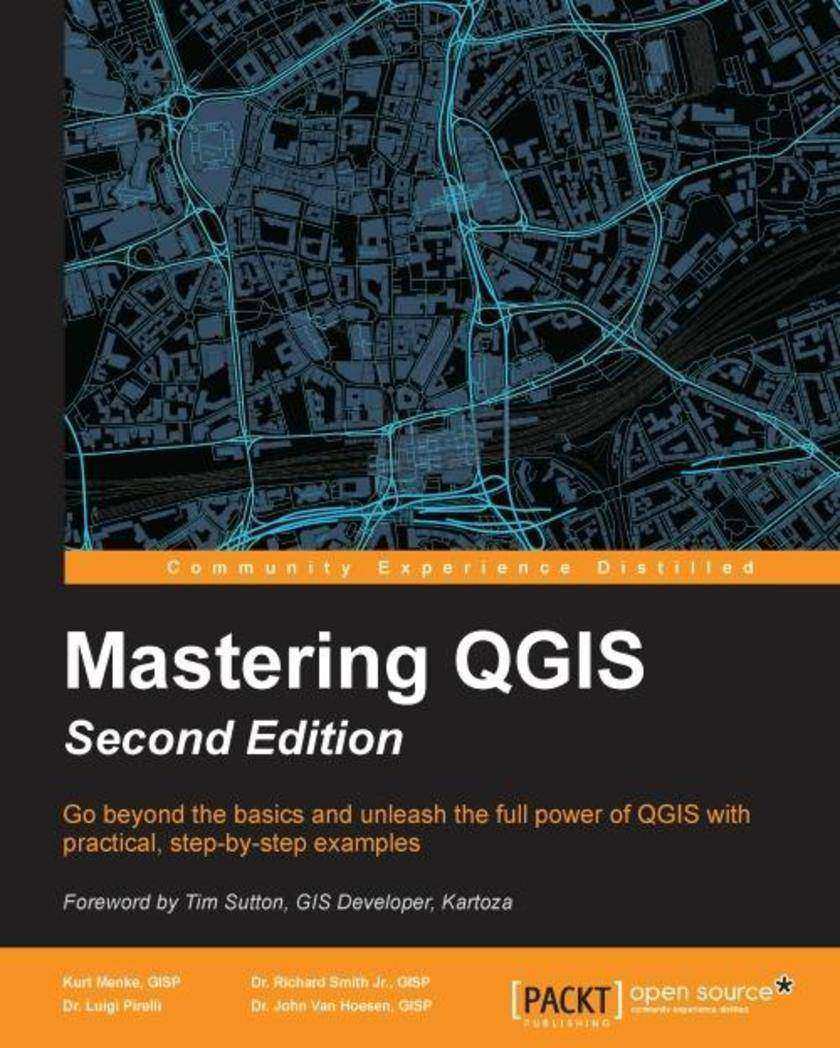
Mastering QGIS - Second Edition
¥99.18
Go beyond the basics and unleash the full power of QGIS with practical, step-by-step examples About This Book This book is your one-stop solution to all of your GIS needs using the open source QGIS Master QGIS by learning about database integration, geoprocessing tools, Python *s, advanced cartography, and custom plugins This example-rich, practical guide will help you create sophisticated analyses and maps Who This Book Is For If you are a GIS professional, a consultant, a student, or perhaps a fast learner who wants to go beyond the basics of QGIS, then this book is for you. It will prepare you to realize the full potential of QGIS. What You Will Learn Create and manage a spatial database Get to know advanced techniques to style GIS data Prepare both vector and raster data for processing Add heat maps, live layer effects, and labels to your maps Master LAStools and GRASS integration with the Processing Toolbox Edit and repair topological data errors Automate workflows with batch processing and the QGIS Graphical Modeler Integrate Python *ing into your data processing workflows Develop your own QGIS plugin In Detail QGIS is an open source solution to GIS. It is widely used by GIS professionals all over the world. It is the leading alternative to the proprietary GIS software. Although QGIS is described as intuitive, it is also by default complex. Knowing which tools to use and how to apply them is essential to producing valuable deliverables on time. Starting with a refresher on the QGIS basics, this book will take you all the way through to creating your first custom QGIS plugin. From the refresher, we will recap how to create, populate, and manage a spatial database. You’ll also walk through styling GIS data, from creating custom symbols and color ramps to using blending modes. In the next section, you will discover how to prepare vector, heat maps, and create live layer effects, labeling, and raster data for processing. You’ll also discover advanced data creation and editing techniques. The last third of the book covers the more technical aspects of QGIS such as using LAStools and GRASS GIS’s integration with the Processing Toolbox, how to automate workflows with batch processing, and how to create graphical models. Finally, you will see how to create and run Python data processing *s and write your own QGIS plugin with pyqgis. By the end of the book, you will understand how to work with all the aspects of QGIS, and will be ready to use it for any type of GIS work. Style and approach This step-by-step comprehensive guide will let you dig your teeth into working with spatial databases, creating your own QGIS plugins, and creating your own custom graphical models.
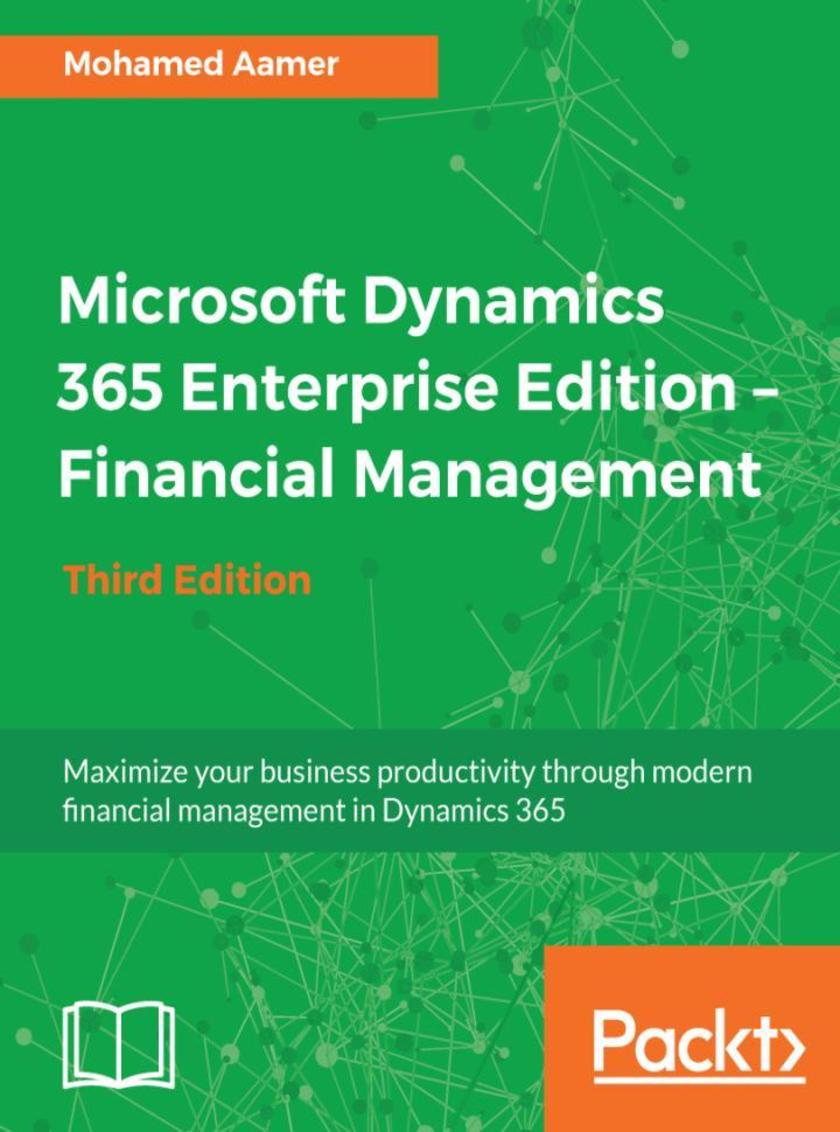
Microsoft Dynamics 365 Enterprise Edition – Financial Management - Third Edition
¥99.18
Boost your accounting and financial skills with Microsoft Dynamics 365 About This Book ? Make real-time data-driven decisions for your enterprise with Microsoft Dynamics 365 Enterprise edition ? Configure and set up the Microsoft Dynamics 365 financial module via highly useful tips and tricks ? Administer customer relations and plan enterprise resources with this systematic guide Who This Book Is For This book is for application consultants, solution architects, controllers, CFOs, pre-sales and other professionals who are involved in a Microsoft Dynamics 365 for finance and operation implementation. Basic knowledge of financial terms, concepts, and terminologies is required. What You Will Learn ? Examine the business logic behind the financial functionalities of Microsoft Dynamics 365 FFO ? Set up and configure the core modules of financial management ? Grasp the key control points of financial management ? Explore intercompany and consolidation in Microsoft Dynamics 365 FFO ? Understand multi-currency sales, tax mechanisms, and budgeting capabilities in Microsoft Dynamics 365 FFO ? Get to grips with month/year-end period close functionality ? Understand the account payable and receivable module ? Use Microsoft Dynamics 365 to create financial reports In Detail Microsoft Dynamics 365 for finance and operations is a rapidly growing application and is widely used in enterprise organizations. Because of its ability to maximize business productivity, it is a fast-growing business application package in the ERP market. We will start by looking into ERP concepts, implementation needs, and interface design, giving you basic knowledge of financial management aspects and explaining key concepts along the way. To begin with, you'll be taken through the general ledger and financial dimension functions. You'll later learn about the sales tax mechanism and multi-currency in Microsoft Dynamics 365. We tackle each topic with focused examples and explanations on topics such as payable/receivable accounts, forecasting, cash and bank management, budgeting planning/control, and fixed assets. Finally, we walk you through intercompany, consolidation, costing basics, and financial reporting. By the end of this book, your finance team will have a much richer understanding of Microsoft Dynamics 365 for finance and operations and its powerful capabilities. Style and approach This book is a step-by-step guide focusing on implementing Dynamics 365 financial management for your organization.
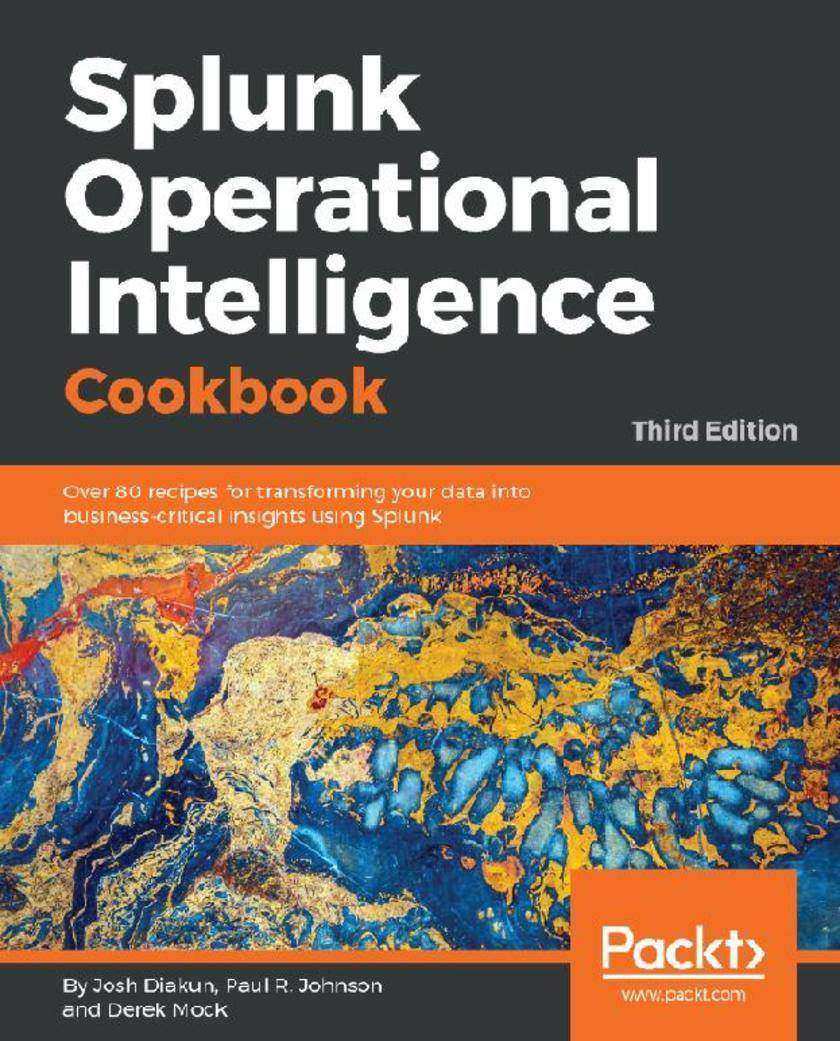
Splunk Operational Intelligence Cookbook
¥99.18
Leverage Splunk's operational intelligence capabilities to unlock new hidden business insights and drive success About This Book ? Tackle any problems related to searching and analyzing your data with Splunk ? Get the latest information and business insights on Splunk 7.x ? Explore the all new machine learning toolkit in Splunk 7.x Who This Book Is For This book is intended for data professionals who are looking to leverage the Splunk Enterprise platform as a valuable operational intelligence tool. The recipes provided in this book will appeal to individuals from all facets of business, IT, security, product, marketing, and many more! Even the existing users of Splunk who want to upgrade and get up and running with Splunk 7.x will find this book to be of great value. What You Will Learn ? Learn how to use Splunk to gather, analyze, and report on data ? Create dashboards and visualizations that make data meaningful ? Build an intelligent application with extensive functionalities ? Enrich operational data with lookups and workflows ? Model and accelerate data and perform pivot-based reporting ? Apply ML algorithms for forecasting and anomaly detection ? Summarize data for long term trending, reporting, and analysis ? Integrate advanced JavaScript charts and leverage Splunk's API In Detail Splunk makes it easy for you to take control of your data, and with Splunk Operational Cookbook, you can be confident that you are taking advantage of the Big Data revolution and driving your business with the cutting edge of operational intelligence and business analytics. With more than 70 recipes that demonstrate all of Splunk’s features, not only will you find quick solutions to common problems, but you’ll also learn a wide range of strategies and uncover new ideas that will make you rethink what operational intelligence means to you and your organization. You’ll discover recipes on data processing, searching and reporting, dashboards, and visualizations to make data shareable, communicable, and most importantly meaningful. You’ll also find step-by-step demonstrations that walk you through building an operational intelligence application containing vital features essential to understanding data and to help you successfully integrate a data-driven way of thinking in your organization. Throughout the book, you’ll dive deeper into Splunk, explore data models and pivots to extend your intelligence capabilities, and perform advanced searching with machine learning to explore your data in even more sophisticated ways. Splunk is changing the business landscape, so make sure you’re taking advantage of it. Style and approach With more than 70 recipes that demonstrate all of Splunk’s features, not only will you find quick solutions to common problems, but you’ll also learn a wide range of strategies and uncover new ideas that will make you rethink what operational intelligence means to you and your organization.
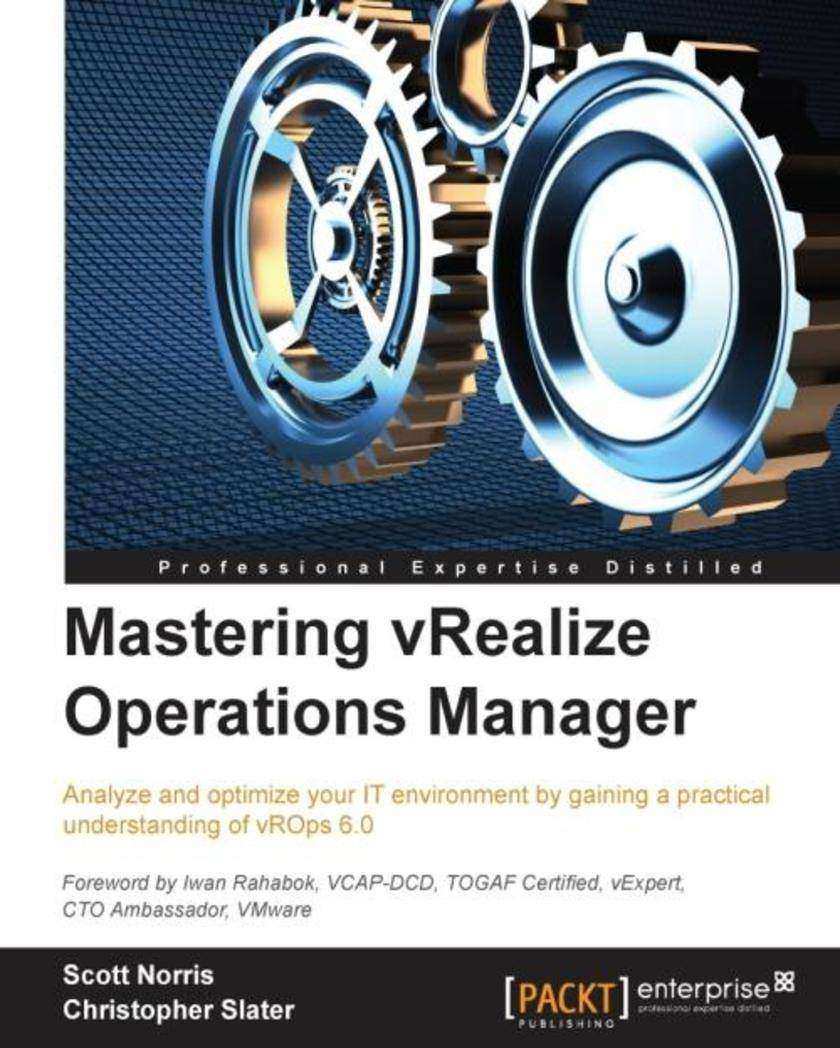
Mastering vRealize Operations Manager
¥100.27
If you are an administrator of a virtual environment and have used vROps before but want to gain a professional understanding by implementing complex tasks easily with it, then this book is for you.
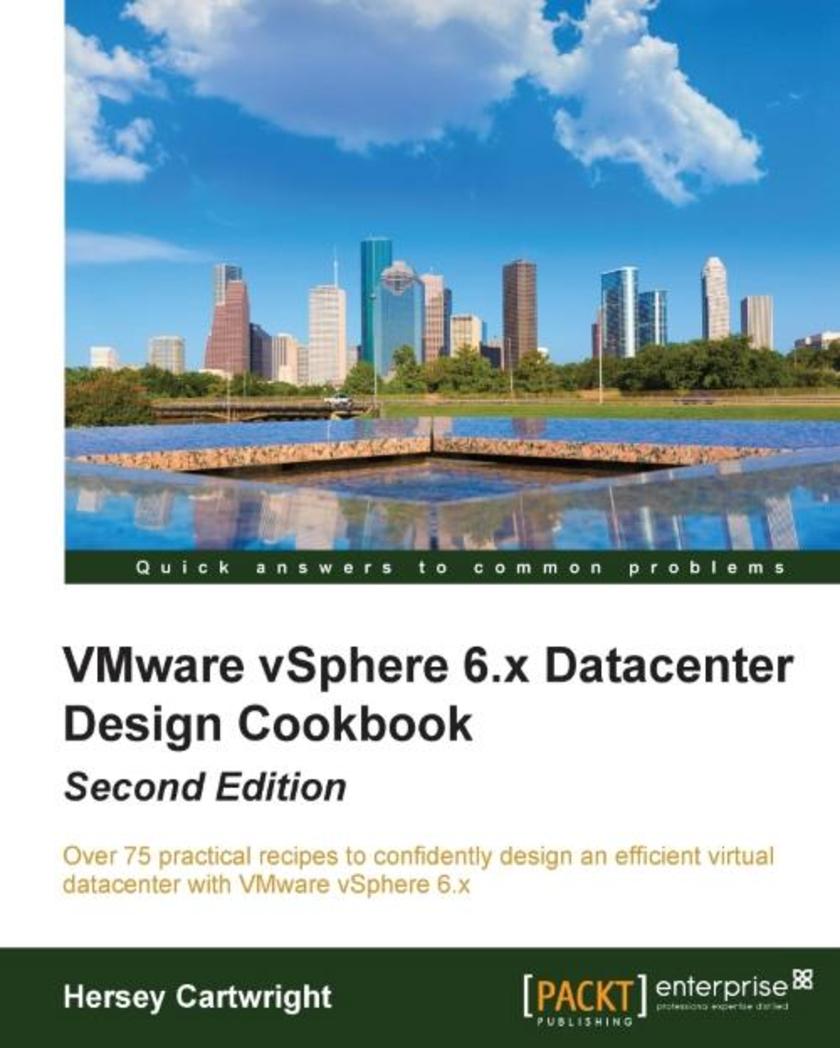
VMware vSphere 6.x Datacenter Design Cookbook - Second Edition
¥107.90
Over 75 practical recipes to confidently design an efficient virtual datacenter with VMware vSphere 6.x About This Book Get the first book on the market that helps you design a virtualized data center with VMware vSphere 6 Achieve enhanced compute, storage, network, and management capabilities for your virtual data center Exciting and practical recipes help you to design a virtual data easily by leveraging the features of VMware vSphere 6 Who This Book Is For If you are an administrator or consultant interested in designing virtualized datacenter environments using VMware vSphere 6.x or previous versions of vSphere and the supporting components, this book is for you. It will help both new and experienced architects deliver professional VMware vSphere virtual datacenter designs. What You Will Learn Identify key factors related to a vSphere design and apply them to every step of the design process Mitigate security risks and meet compliance requirements in a vSphere design. Create a vSphere conceptual design by identifying technical and business requirements Determine the type of database to use based on the deployment size. Design for performance, availability, recoverability, manageability, and security Map the logical resource design into the physical vSphere design Create professional vSphere design documentation to ensure a successful implementation of the vSphere design Leverage the latest vSphere 6.x features to ensure manageability, performance, availability, and security in a virtual datacenter design In Detail VMware is the industry leader in data center virtualization. The vSphere 6.x suite of products provides a robust and resilient platform to virtualize server and application workloads. With the release of 6.x a whole range of new features has come along such as ESXi Security enhancements, fault tolerance, high availability enhancements, and virtual volumes, thus simplifying the secure management of resources, the availability of applications, and performance enhancements of workloads deployed in the virtualized datacenter. This book provides recipes to create a virtual datacenter design using the features of vSphere 6.x by guiding you through the process of identifying the design factors and applying them to the logical and physical design process. You’ll follow steps that walk you through the design process from beginning to end, right from the discovery process to creating the conceptual design; calculating the resource requirements of the logical storage, compute, and network design; mapping the logical requirements to a physical design; security design; and finally creating the design documentation. The recipes in this book provide guidance on making design decisions to ensure the successful creation, and ultimately the successful implementation, of a VMware vSphere 6.x virtual data center design. Style and Approach The book follows a recipe-based approach that consists of practical recipes to effectively design a virtual data center.
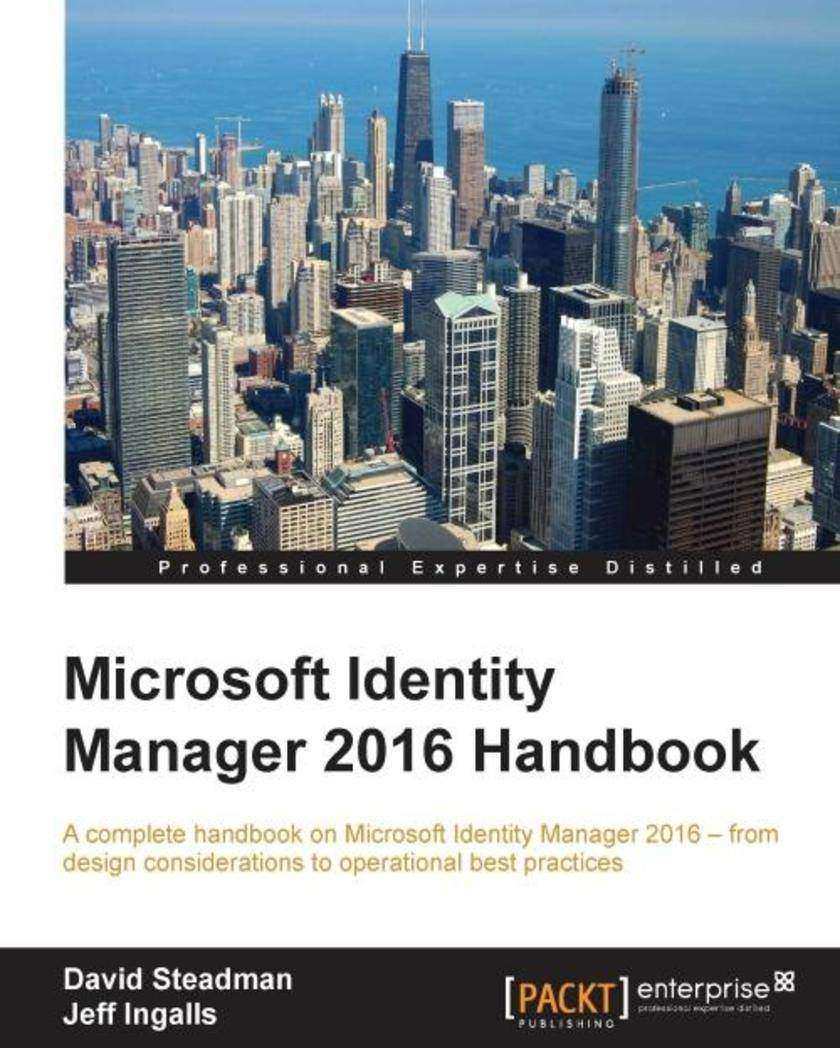
Microsoft Identity Manager 2016 Handbook
¥107.90
A complete handbook on Microsoft Identity Manager 2016 – from design considerations to operational best practices About This Book Get to grips with the basics of identity management and get acquainted with the MIM components and functionalities Discover the newly-introduced product features and how they can help your organization A step-by-step guide to enhance your foundational skills in using Microsoft Identity Manager from those who have taught and supported large and small enterprise customers Who This Book Is For If you are an architect or a developer who wants to deploy, manage, and operate Microsoft Identity Manager 2016, then this book is for you. This book will also help the technical decision makers who want to improve their knowledge of Microsoft Identity Manager 2016. A basic understanding of Microsoft-based infrastructure using Active Directory is expected. Identity management beginners and experts alike will be able to apply the examples and scenarios to solve real-world customer problems. What You Will Learn Install MIM components Find out about the MIM synchronization, its configuration settings, and advantages Get to grips with the MIM service capabilities and develop custom activities Use the MIM Portal to provision and manage an account Mitigate access escalation and lateral movement risks using privileged access management Configure client certificate management and its detailed permission model Troubleshoot MIM components by enabling logging and reviewing logs Back up and restore the MIM 2015 configuration Discover more about periodic purging and the coding best practices In Detail Microsoft Identity Manager 2016 is Microsoft’s solution to identity management. When fully installed, the product utilizes SQL, SharePoint, IIS, web services, the .NET Framework, and SCSM to name a few, allowing it to be customized to meet nearly every business requirement. The book is divided into 15 chapters and begins with an overview of the product, what it does, and what it does not do. To better understand the concepts in MIM, we introduce a fictitious company and their problems and goals, then build an identity solutions to fit those goals. Over the course of this book, we cover topics such as MIM installation and configuration, user and group management options, self-service solutions, role-based access control, reducing security threats, and finally operational troubleshooting and best practices. By the end of this book, you will have gained the necessary skills to deploy, manage and operate Microsoft Identity Manager 2016 to meet your business requirements and solve real-world customer problems. Style and approach The concepts in the book are explained and illustrated with the help of screenshots as much as possible. We strive for readability and provide you with step-by-step instructions on the installation, configuration, and operation of the product. Throughout the book, you will be provided on-the-field knowledge that you won’t get from whitepapers and help files.
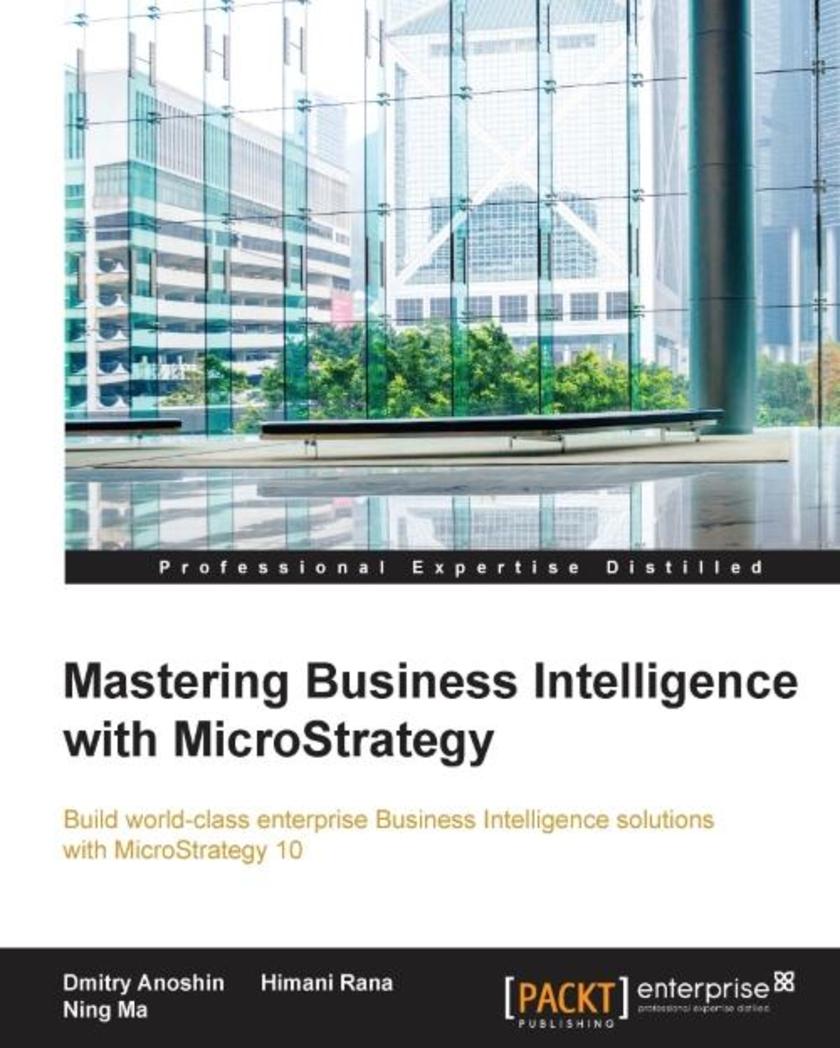
Mastering Business Intelligence with MicroStrategy
¥107.90
Build world-class enterprise Business Intelligence solutions with MicroStrategy 10 About This Book Fix the gap between BI tools and implementation/integration processes with big data and predictive analytics using this comprehensive guide to MicroStrategy 10 Highly practical, example-rich guide that lets you implement business intelligence with MicroStrategy 10 in your organization Create the best user experience with BI dashboards using MicroStrategy using this up-to-date, comprehensive guide Who This Book Is For This book is intended for BI, DWH, ETL developers, BI/DWH/Analytics managers, analysts, and business users who already have MicroStrategy in their organization and want to take it to the next level in order to increase performance and improve user experience. In addition, it helps the reader to migrate from MicroStrategy 9 to MicroStrategy 10 and to start using the new capabilities. What You Will Learn Explore various visualization techniques for presenting analyzed data Customize MicroStrategy in order to meet your business requirements Develop and design mobile dashboards Use the advanced techniques such as designing reports, documents and interactive dashboards for building dashboards Understand the concepts of data discovery and Desktop capabilities Explore the best practices for Microstrategy system administration Find and fix issues based on connections, environment or documents Integrate third party ESRI map tools with MicroStrategy to create geo based reports In Detail Business intelligence is becoming more important by the day, with cloud offerings and mobile devices gaining wider acceptance and achieving better market penetration. MicroStrategy Reporting Suite is an absolute leader in the BI market and offers rich capabilities from basic data visualizations to predictive analytics. It lets you various delivery methods such as the Web, desktops, and mobiles. Using real-world BI scenarios, this book helps you to implement Business Analytics solutions in big e-commerce companies. It kicks off with MicroStrategy 10 features and then covers schema design models and techniques. Building upon your existing knowledge, the book will teach you advanced techniques for building documents and dashboards. It further teaches various graphical techniques for presenting data for analysis using maps, graphs, and advanced charts. Although MicroStrategy has rich functionality, the book will show how to customize it in order to meet your business requirements. You will also become familiar with the native analytical functions that will help you to maximize the impact of BI solutions with powerful predictive analytics. Furthermore, the book will focus on MicroStrategy Mobile Analytics along with data discovery and desktop capabilities such as connecting various data sources and building interactive dashboards. The book will also uncover best practices, troubleshooting techniques for MicroStrategy system administration, and also security and authentication techniques. Lastly, you will learn to use Hadoop for MicroStrategy reporting. By the end of the book, you will become proficient in evaluating any BI software in order to choose the best one that meets all business requirements. Style and approach This book will be focusing on providing extensive guide to plan how to design and develop complex BI architecture for real world scenario, using Microstrategy 10, best practices and collected experience working with BI, predictive analytics, and Microstrategy and big data.
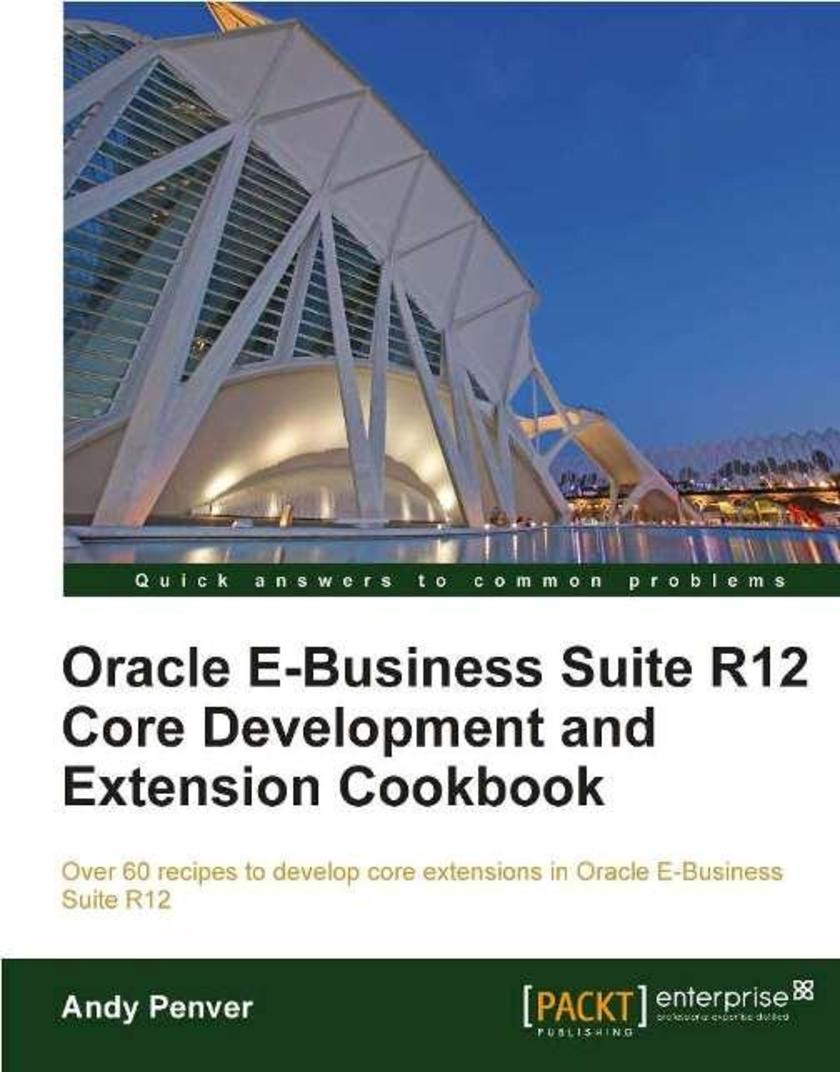
Oracle E-Business Suite R12 Core Development and Extension Cookbook
¥107.90
This is a practical, hands-on book providing in depth tutorials on each topic. It is full of step by step examples of the key points for each subject to give a core understanding. The examples are designed to be worked through, and start right from scratch. Each topic will cover the development, configuration and testing of working examples. The book provides clear illustrations and tips each step of the way. It also comes with fully tested, complete, working code - if ever you get stuck. Each chapter introduces the topic and what you need to do to get ready to start the exercises. It will tell you what tools you need to use and when to use them. This book is written for individuals who want to learn how to develop extensions in Oracle E-Business suite. If you are involved in development or supporting an e-business suite implementation you should find this book very useful. The book is detailed so minimal technical expertise is required. It is suitable for beginners who have little experience or developers who may want to use the book to brush up on their skills.

QlikView 11 para Desarrolladores
¥107.90
Los ejercicios de este libro tienen un enfoque de tutorial paso a paso y en los que al mismo tiempo se van presentando mejores prácticas de desarrollo. El libro está estructurado de forma que puede ser leído de inicio a fin o leer solamente partes del mismo.Este libro va dirigido a desarrolladores y usuarios que quieren aprender a crear aplicaciones de Inteligencia de Negocios con QlikView. Desarrolladores que ya hayan usado QlikView por un tiempo podrán encontrar recomendaciones útiles y mejores prácticas para hacer uso más efectivo de QlikView. Este libro solamente cubre QlikView Desktop. Implementaciones en QlikView Server y Publisher est?an fuera del alcance de este libro. Este libro no va enfocado a administradores de servidores QlikView.
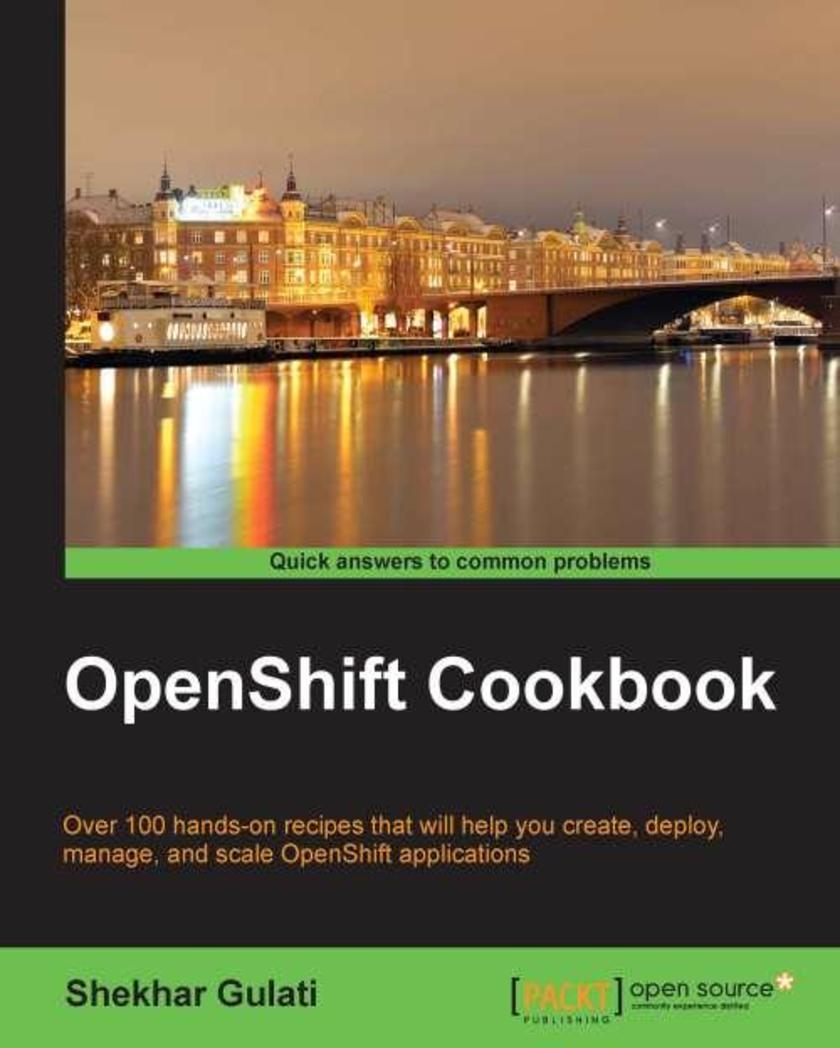
OpenShift Cookbook
¥107.90
If you are a web application developer who wants to use the OpenShift platform to host your next big idea but are looking for guidance on how to achieve this, then this book is the first step you need to take. This is a very accessible cookbook where no previous knowledge of OpenShift is needed.
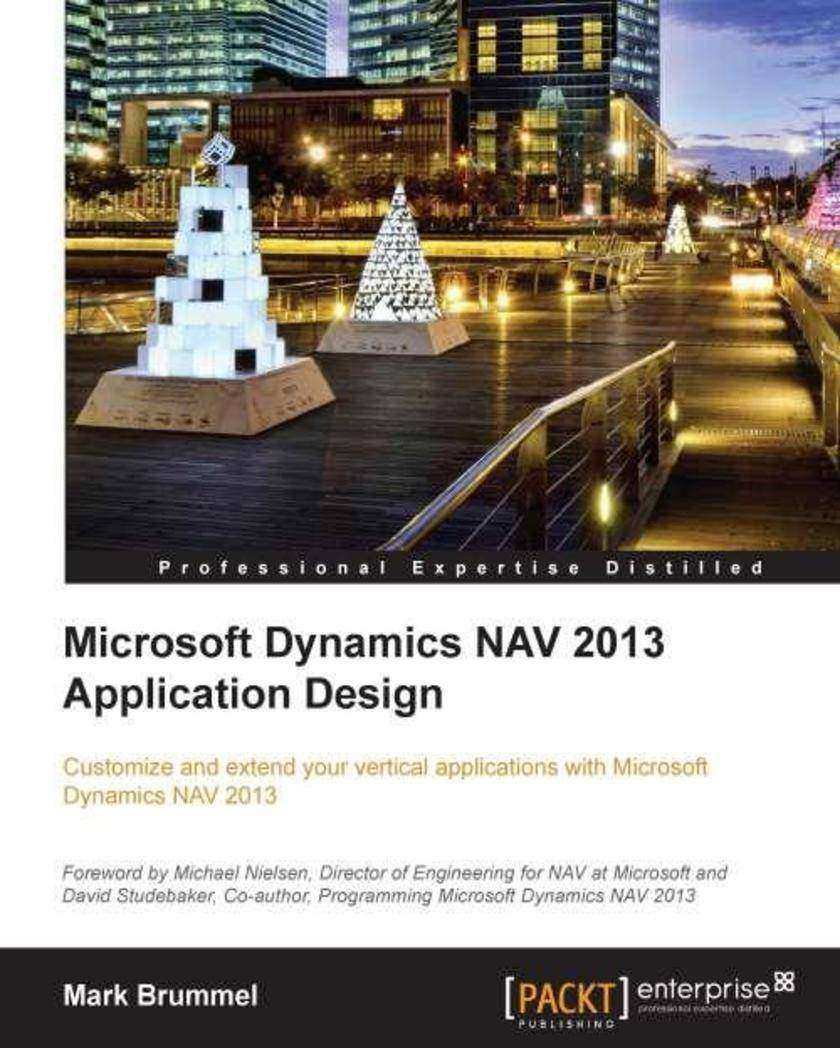
Microsoft Dynamics NAV 2013 Application Design
¥107.90
If you are a NAV consultant and developer or a designer of business applications, you will benefit most from this book. This book assumes that you have a basic understanding of business management systems and application development with working knowledge of Microsoft Dynamics NAV.
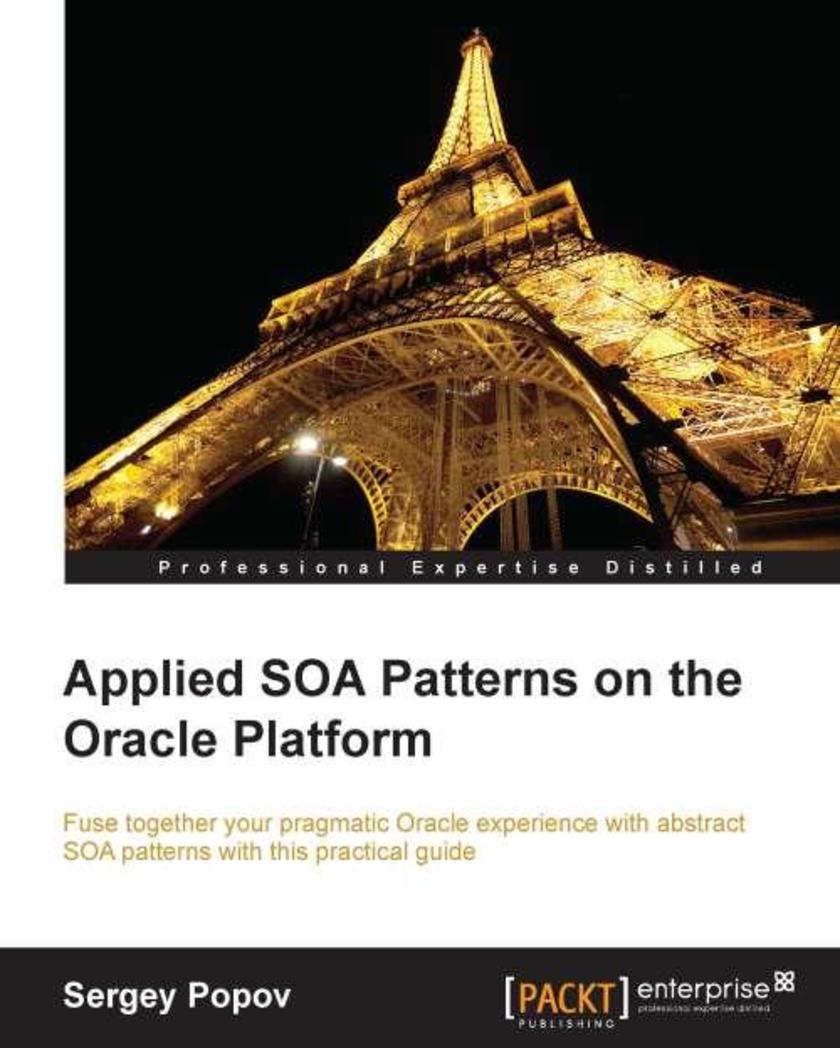
Applied SOA Patterns on the Oracle Platform
¥107.90
Applied SOA Patterns on the Oracle Platform is aimed at architects practicing SOA or traditional integration, and also at technical team leaders implementing Oracle Fusion under SCRUM or WF methodology.
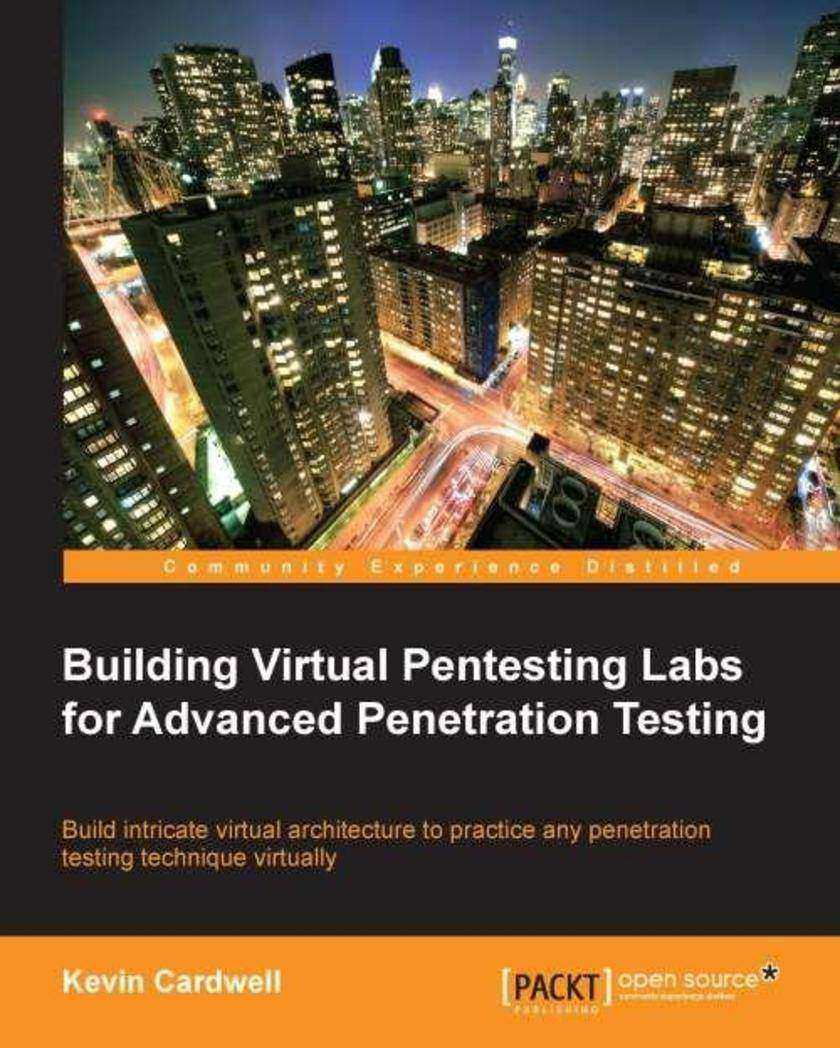
Building Virtual Pentesting Labs for Advanced Penetration Testing
¥107.90
Written in an easy-to-follow approach using hands-on examples, this book helps you create virtual environments for advanced penetration testing, enabling you to build a multi-layered architecture to include firewalls, IDS/IPS, web application firewalls, and endpoint protection, which is essential in the penetration testing world.If you are a penetration tester, security consultant, security test engineer, or analyst who wants to practice and perfect penetration testing skills by building virtual pentesting labs in varying industry scenarios, this is the book for you. This book is ideal if you want to build and enhance your existing pentesting methods and skills. Basic knowledge of network security features is expected along with web application testing experience.
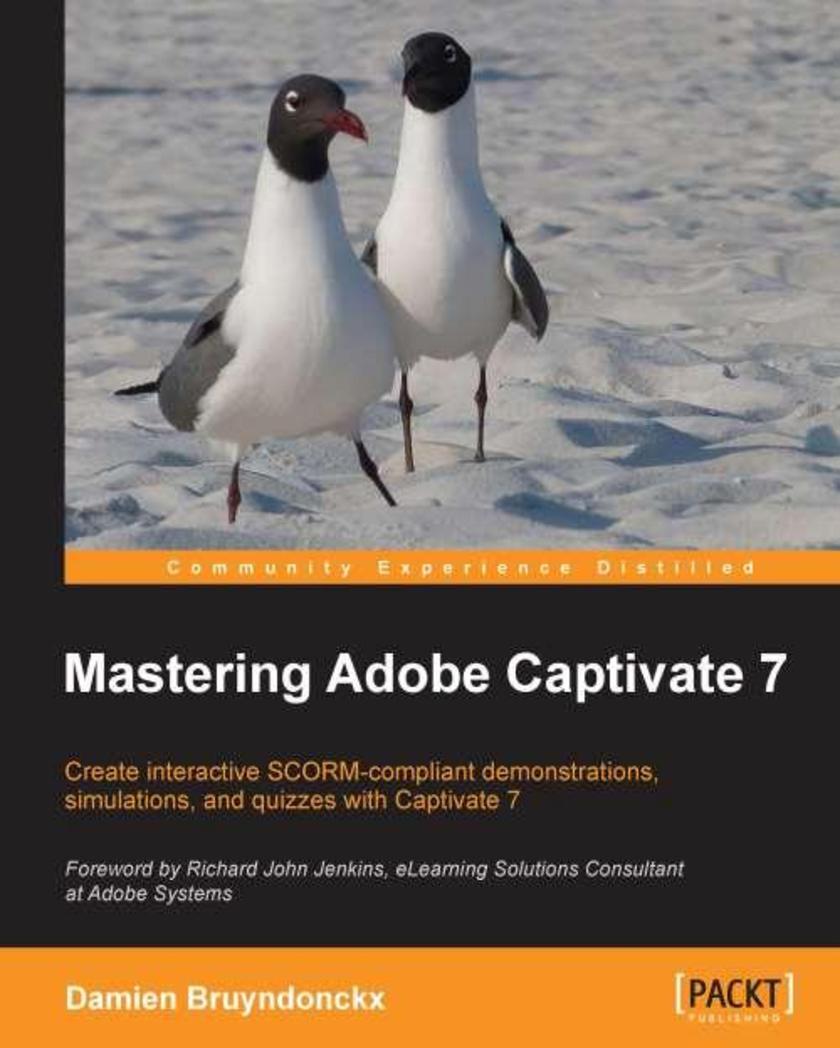
Mastering Adobe Captivate 7
¥107.90
A comprehensive tutorial packed with examples, which is divided into small subtopics that follows a clear and logical outline to help you get to grips with Adobe Captivate 7. Readers are also encouraged to develop their understanding of the tool through practical exercises and experimentations in every chapter. A lot of external references and tips and tricks from established eLearning professionals are also included. If you are a designer, eLearning developer, or webmaster who wants to construct an interactive and funfilled eLearning project using Adobe Captivate 7, this book is ideal for you. Just a basic knowledge of operating system is expected from the developers interested in this book.
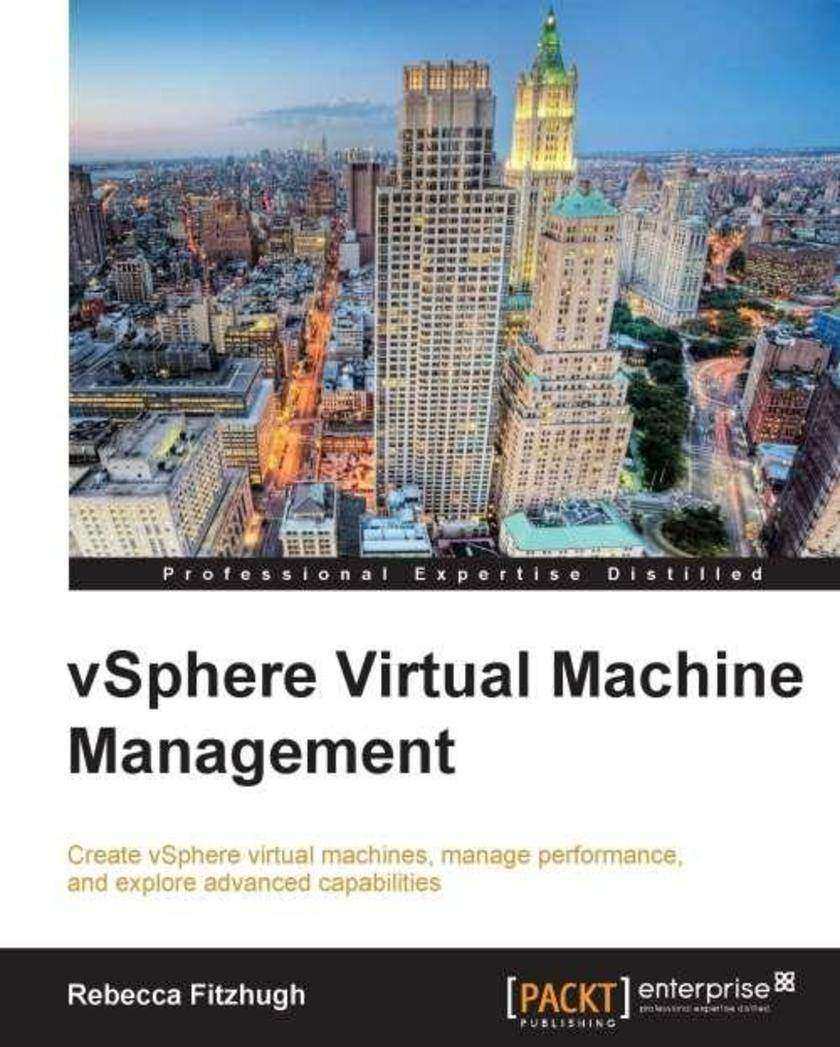
vSphere Virtual Machine Management
¥107.90
This book follows a stepbystep tutorial approach with some realworld scenarios that vSphere businesses will be required to overcome every day. This book also discusses creating and configuring virtual machines and also covers monitoring virtual machine performance and resource allocation options. This book is for VMware administrators who want to build their knowledge of virtual machine administration and configuration. It’s assumed that you have some experience with virtualization administration and vSphere.




 购物车
购物车 个人中心
个人中心



